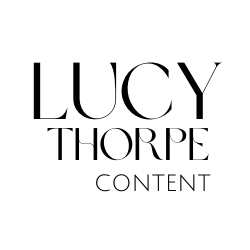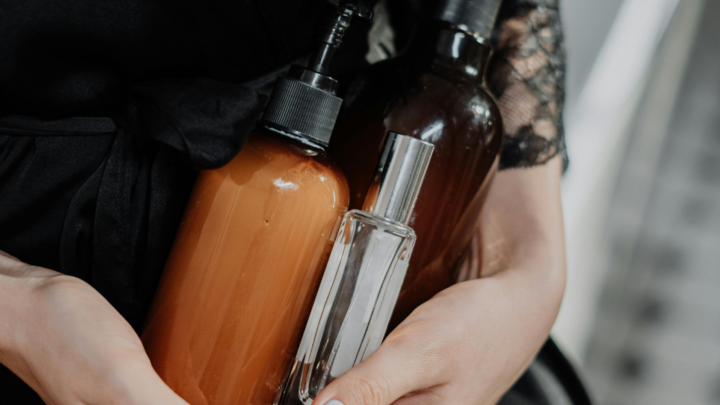Spend five minutes scrolling through your FYP or browsing a beauty aisle and you’ll start to notice something. Everyone seems to be launching the same thing. Lip oils. Skin tints. Peptide serums. Different brands, different packaging, but somehow… the same.
We’re in a loop. A product goes viral, search interest spikes, and suddenly every brand scrambles to create their own version. And when those versions launch, they trigger even more content and search activity, which drives more demand, and so the cycle continues.
At first glance, it feels like beauty’s moving fast. But if you zoom out, it starts to feel repetitive.
The viral effect
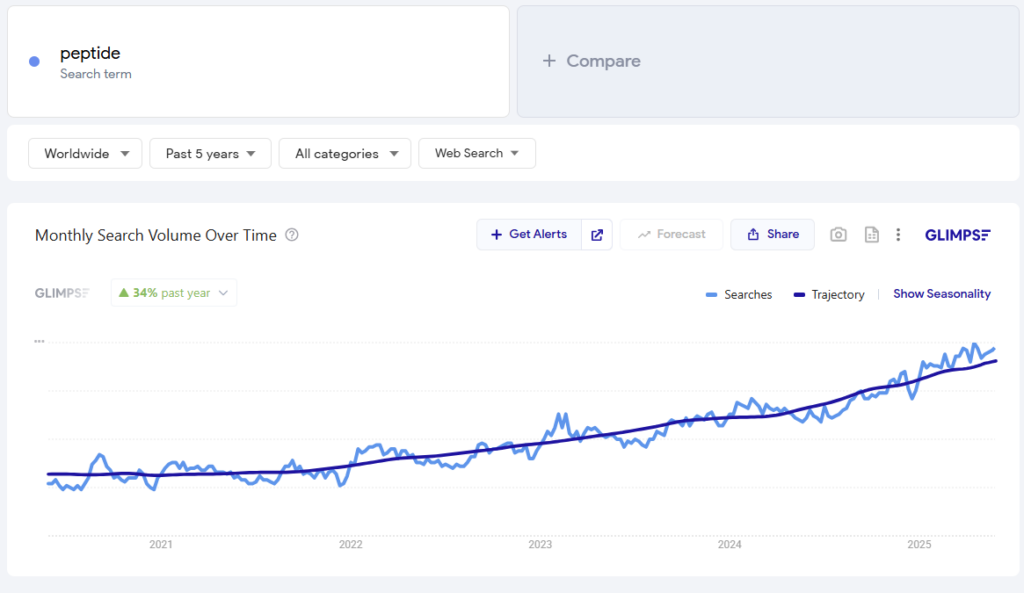
It often starts with a single product moment. Someone posts a GRWM, a serum makes it into a celebrity’s routine, or a new launch gets picked up by the TikTok algorithm. Overnight, it’s trending.
That trend drives curiosity. People Google it. They search for dupes. They compare price points. “Glowy skin tint” or “best lip oil” starts to trend. Search data spikes. Beauty editors write about it. Influencers post their reviews. Retailers sell out.
Behind the scenes, brand teams are paying attention. Search trends have become the new focus group. When the data points to something popular, product development teams start planning their version. And often, it’s not a subtle nod or fresh take. It’s a copy-paste job with a new logo.
When SEO drives product development
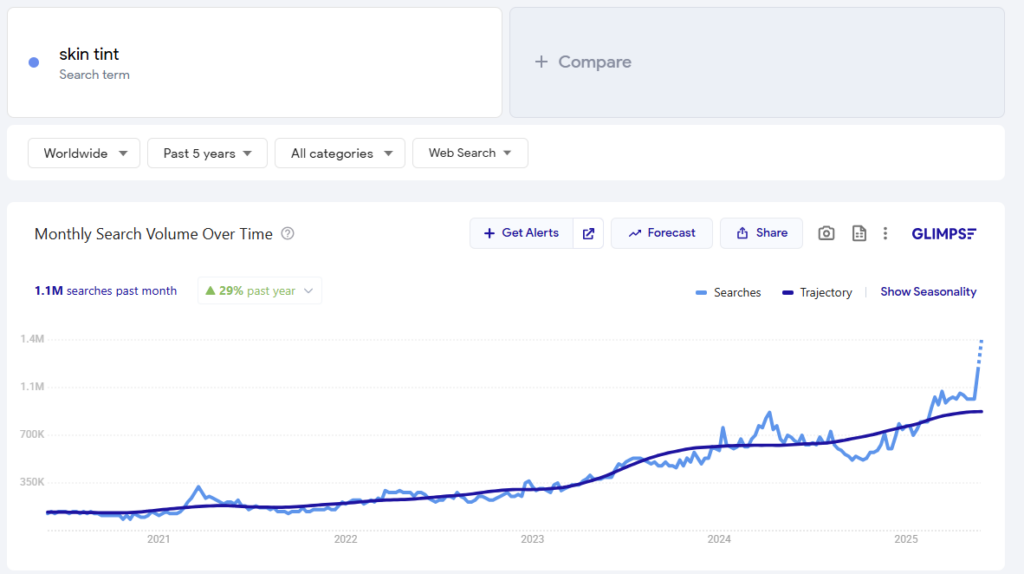
Search-led strategy isn’t new, but its influence on what brands create is more intense than ever. The algorithm doesn’t just shape how we market products. It’s now shaping what gets made in the first place.
It’s easy to see why. If thousands of people are already searching for a “ceramide moisturiser” or “glossy balm stick,” the demand is there. Creating a product to meet that demand feels smart. Safe. Justified.
But what happens when everyone does it? The market floods with near-identical products. The original idea gets diluted. Consumers feel overwhelmed. Brands start competing on price rather than innovation. And the creative spark that makes beauty exciting in the first place starts to fizzle.
Why this cycle keeps repeating
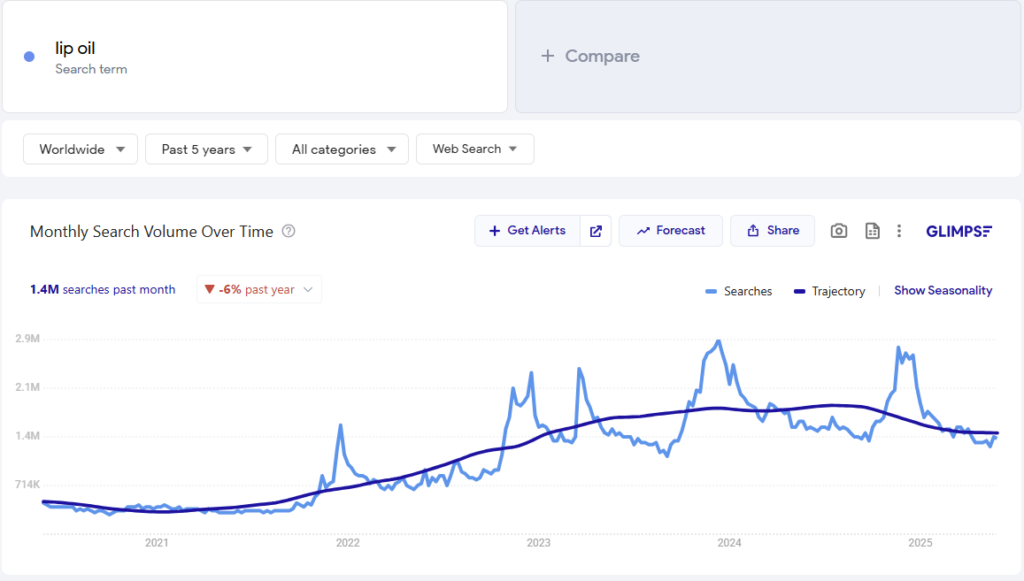
Search plays a huge role, but it’s not the only factor. Trends move quickly now. TikTok makes something popular in a matter of hours. Brands don’t want to be late to the party. So they replicate, repackage and relaunch at speed.
Then comes the next wave. Consumers search for dupes. Content creators compare formulas. More traffic, more visibility, more brands jumping in. The cycle resets.
What starts as a trend becomes a template. Something unique gets turned into a category. And that category becomes crowded almost instantly.
So what’s the solution?
It’s not about ignoring trends or pretending the data doesn’t matter. Search insight can be useful. It shows us what people are curious about. It tells us what conversations are gaining traction. But the best brands use it as a jumping-off point, not a formula.
Instead of asking “How do we make our version of this viral product?”, it’s about asking “How do we create something with staying power?” Something that’s true to the brand. Something that offers a genuine point of difference.
Because the truth is, you can’t build a lasting brand on search trends alone. They’re reactive by nature. Always looking backwards. Innovation means moving forward.
When everyone’s chasing the same keywords and launching the same products, the real opportunity lies in doing something different. Something bold. Something original. The kind of product that doesn’t just show up in search results, but sparks an entirely new wave of interest.
And that’s when beauty gets exciting again.
